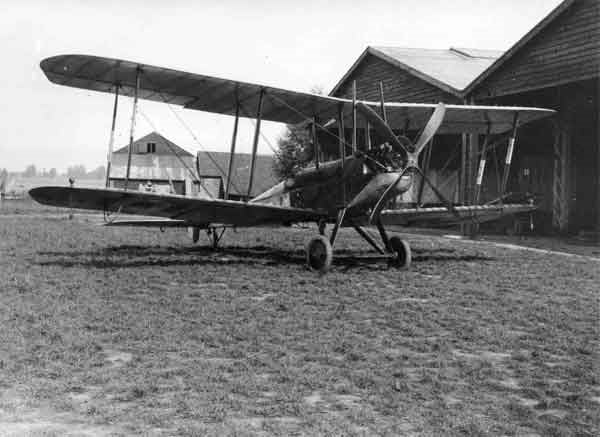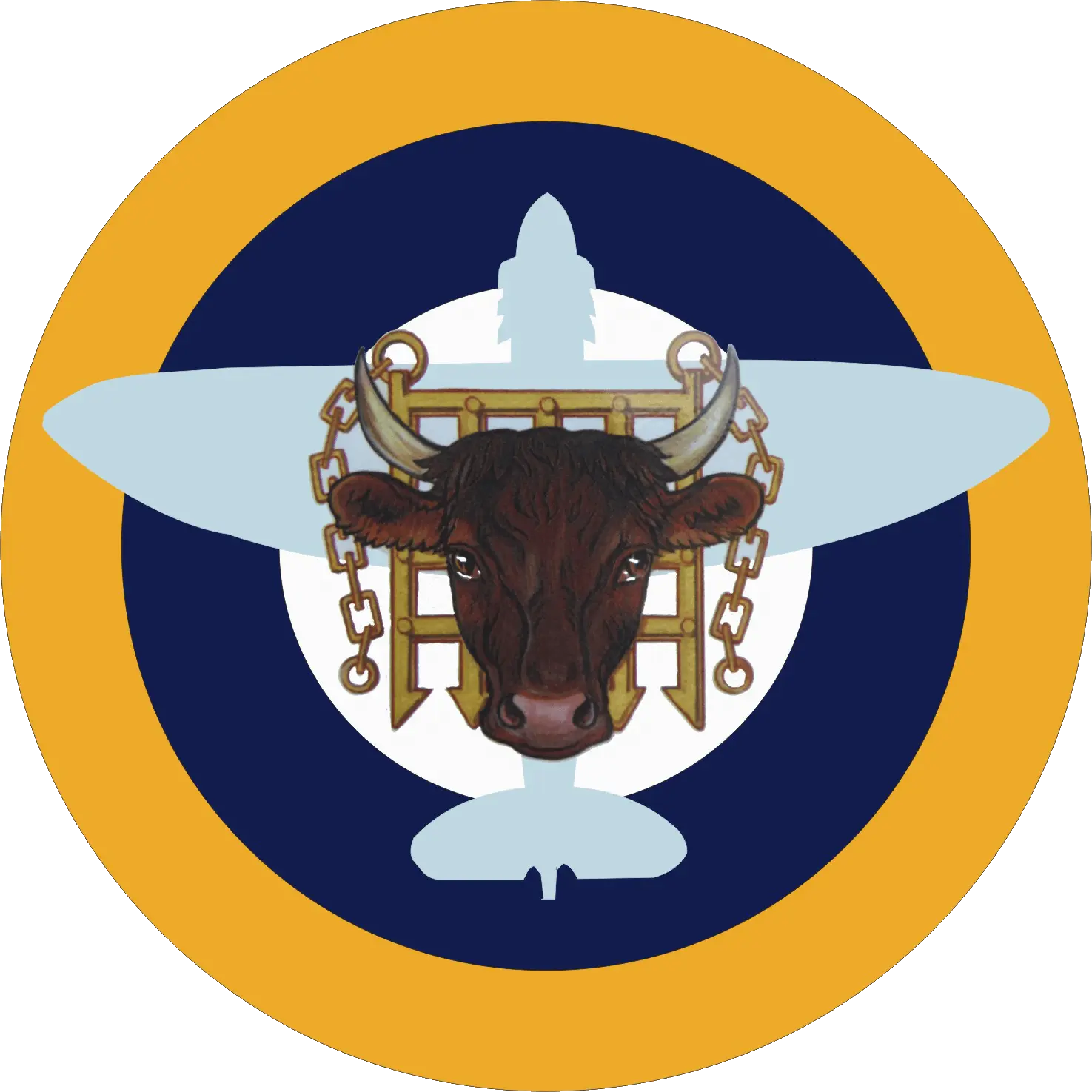Suttons Farm
WWI, Suttons Farm 1915 – 1919
All operating airfields were officially called ‘Royal Flying Corps Stations and had the location name inserted, for example ‘Royal Flying Corps Station Suttons Farm.
At the outbreak of the first world war in August of 1914, the small sleepy Essex village of Hornchurch was unaware of what an important role it would play during these hostilities.
Because of Hornchurch’s close proximity to the centre of London, as it was only 15 miles away flying in a straight line. Suttons Farm had been chosen as a suitable site for a landing ground by the War Ministry. The fledgling Royal Flying Corps would then be able to help protect the line of attack from German airships along the river Thames and surrounding area’s leading into London. Suttons Farm before the outbreak of war was owned by New College Oxford and was farmed by Mr. Tom Crawford, but the site of around 90 acres was officially requisitioned for military use and on Sunday the 3rd October 1915. The RFC detachment from 23 squadron consisted of one Officer, Captain A.G. Moore and 12 men, along with bell tents canvas hangers, aviation fuel, ammunition and other supply’s all arriving by trucks. Later during the day two BE2c biplanes of 13 squadron – 5 Wing flew in from Gosport, the pilots were billeted in the local White Hart public house while the site was made ready. Facilities by April 1916 were improved with the construction of prefabricated timber hangers, brick accommodation blocks and a station office made from aircraft packing crates. The flare path for the landing strip were oil cans stuffed with petrol soaked cotton waste.
On the night of the 13th October 1915, saw the first enemy action to be seen from Suttons Farm, the Germans had launched their largest raid of the war so far sending over five airships and making for Norfolk, Suffolk and Essex. A young 18-year-old pilot by the name of Jack Slessor was ordered up at around 9.05pm, he began his 40-minute climb to reach an altitude of 10,000 feet, in order to intercept the raiders. Lieutenant Slessor came across the airship, which had been caught in the searchlight beams from below, but as he prepared to make his attack the airship disappeared in heavy cloudbank and he never saw it again.
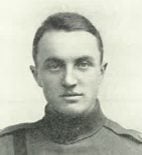
Success finally came to a pilot from Suttons Farm on the night of the 2nd-3rd September 1916, when second Lieutenant William Leefe Robinson of the Worcestershire Regiment attached to 39 Home Defence squadron was sent into action to find the German Army airship, Shutte-Lanz SL-11 had been reported over Hertfordshire heading towards London. Robinson left Suttons Farm at 11.08 pm and patrolled between his home field and Joyce Green in Kent, it was not until 1.10am that he caught sight of SL-11 which was trapped in the glare of the searchlights south east of Woolwich. The airship disappeared for about 15 minutes into cloud but then was again spotted by Robinson who attacked it from bow to stern raking the side of SL-11, this action finally bringing a red glow and then flames from the inside of the stricken airship before it fell from the sky, finally crashing at Cuffley in Hertfordshire.
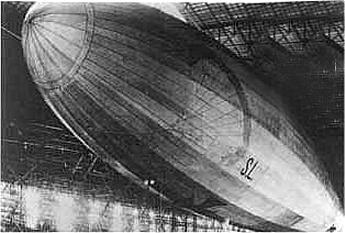
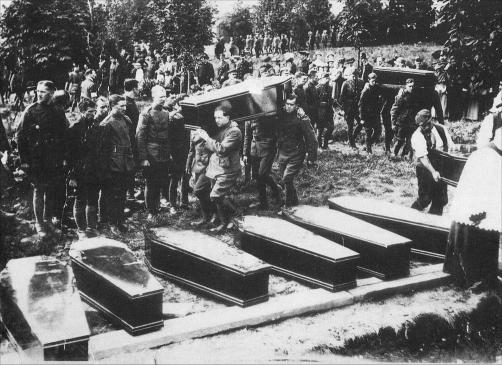
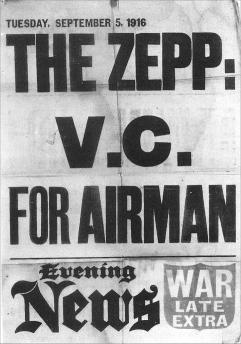
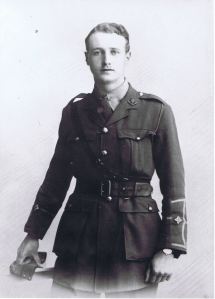
This spectacle had lit up the night sky and had been witnessed by people from as far apart as Staines to Southend. William Leefe Robinson had become a national hero overnight and certainly put Suttons Farm on the map. Just two days later, on the 5th September 1916 it was announced that Robinson would be awarded the Victoria Cross by King George V at Winsor Castle on the 9th September. Robinson was also awarded £3,500 in prize money (which is approximately £329000 in today’s money).
Robinson survived the war, but was weakened by lack of food and the mistreatment he received as a prisoner of war. Robinson was shipped back to Scotland as soon as he was fit enough to travel and landed in Leith on 14th December 1918. From a camp in Yorkshire he was granted leave until February 1919. On the 23rd December 1918, Captain William Leefe Robinson V.C. returned to Harrow Weald to spend Christmas with his close friends the Cliftons. That winter saw the country in the clutches of one of the world’s worst influenza epidemics. Worldwide 27,000,000 died. In England alone some 150,000 were struck down. In his less than healthy state, Robinson had succumbed to the infection on Tuesday, 31st Dec 1918. His condition quickly deteriorated. His sister Kitty, now Baroness Heyking, and his patient fiancé Joan Whipple nursed him as best they could but he no longer had the strength to fight his illness. He died later that night from cardiac failure. He was only 23 years old.
England mourned the passing of one of the war’s most popular heroes and hundreds attended the funeral which took place at Harrow Weald on Friday 3rd January 1919.
Further information can be found relating to William Leefe Robinson at http://www.worcestershireregiment.com/wr.php?main=inc/vc_w_l_robinson_page1
Two further German airships fell prey to pilots from Suttons farm, they were brought down by Lieutenant Frederick Sowrey on the night of the 23rd-24th September 1916, he shot down L-32 which crashed at Snails Hall Farm, South Green Great Burstead near Billericay in Essex. The third was shot down by Lieutenant Wulstan Tempest on the night of 1st-2nd October 1916, crashing at Oakmere Park Potters Bar in Hertfordshire.
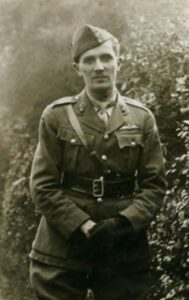
When World War I began, Frederick Sowrey immediately volunteered for military service, on 31st August 1914, he was appointed as a Second Lieutenant in the Royal Fusiliers. He went to France as an infantry officer and was wounded at the Battle of Loos in 1915. After three months in hospital, he was invalided out and decided to apply for the Royal Flying Corps, which he was accepted for and then joined in December 1915.
He was posted to 39 Home Defence Squadron on the 17th June 1916. It was during this assignment that he scored his first and most notable victory over Zeppelin L-32. The airship was now on its second air raid on England on the night of 23rd-24th September 1916 as part of a group of 12 German airships. After bombing Sevenoaks and Crockenhill, it was caught by a searchlight near Purfleet. Second Lieutenant Sowrey had taken off from Suttons Farm at 11.30pm flying a BE2c to patrol between his home field and Joyce Green in Kent. He ascended to a height of 13,000 feet and continued his patrol. It was around 1.10am before Sowrey spotted the airship and closing in on it he fired three drums of the new incendiary bullets into the belly of the airship before it exploded into flames. The fire was apparently visible for one hundred miles away. The wreckage landed at Snails Hall Farm, South Green Great Burstead near Billericay in Essex. Sowrey received an immediate award of the Distinguished Service Order, gazetted on the 4th October 1916.
There were no survivors from the crew of L-32, all the bodies recovered were charred and burned from the high intensity from the heat of the fire, all the crew were buried with full military honours.
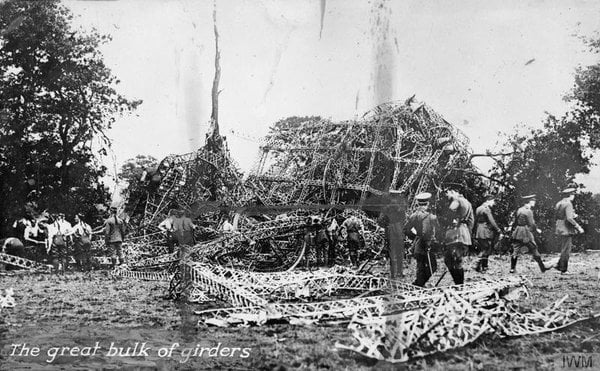
The photograph below has recently come to light from a member of the Maryon family. It shows where Zeppelin L-32 crashed. The charred field boundary and the barn in the background, where the German crew who all perished, were placed. John Maryon, tenant farmer with his wife and family are seen at the site.
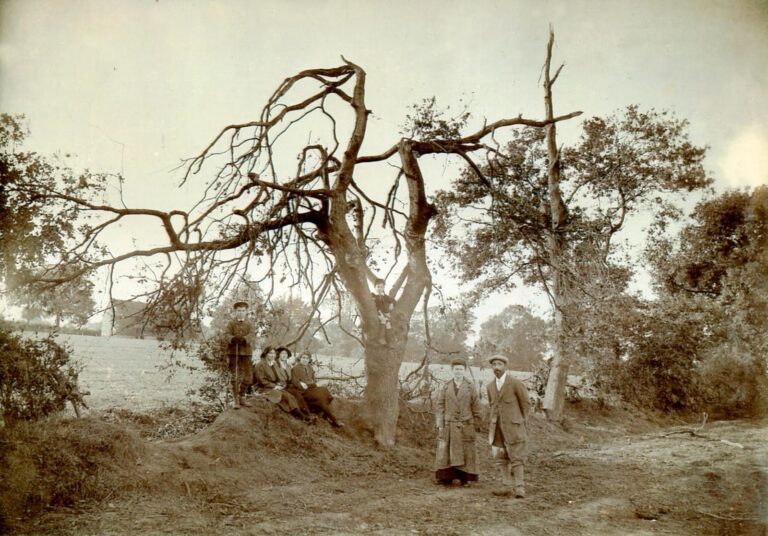
Wulstan Tempest was posted to 39 Home Defence squadron which was based at RFC Suttons Farm in Essex, they flew BE2c aircraft. It was specifically formed to defend London from German air raids. On the night of the 1st -2nd October 1916 he took off from his home field at approximately 11.45pm, he was sent on patrol over south west London at an altitude of 15,000 feet. Meanwhile, Zeppelin L.31, commanded by Kapitänleutnant Heinrich Mathy had flown across the North Sea, and crossed the English coast at Lowestoft, but was unable to penetrate London’s defences, coming under heavy anti-aircraft fire. L.31 dropped most of her bombs over Cheshunt, but was then captured by searchlights. Tempest spotted the airship 15 miles in the distance and immediately set a course to intercept her. As he approached his fuel tank pressure pump failed, and he was forced to use the hand pump to keep up his engine operating. He eventually closed in on the airship, running the gauntlet of anti-aircraft fire. Approaching from the bow he fired a burst into her, then dived underneath firing another burst, seeing his incendiary bullets ripping through the airship’s fabric skin, before turning to make another pass from the tail. He momentarily saw a red glow illuminate the Zeppelin from within “like an enormous Chinese lantern” before flames erupted from within the heart of L-31. Tempest span away to avoid being hit by flames and debris as the airship plunged to the ground, crashing at Oakmere Park Potters Bar Hertfordshire. Exhausted by his exertions and the bitter cold Tempest crashed his aircraft on landing, cracking his skull against the butt of his machine gun.
The next day he travelled to Potters Bar to survey the wreck of L-.31.
Monies raised by local residents of the parish of Hornchurch were used to purchase three solid silver cups which were presented to the three Zeppelin heroes at a ceremony at the New Zealand Army Convalescent Hospital based at Grey Towers in the village of Hornchurch.
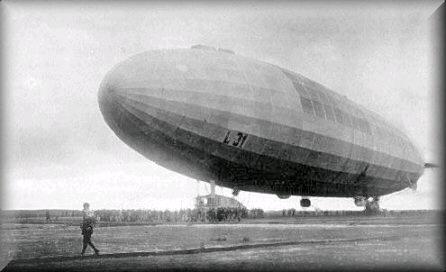
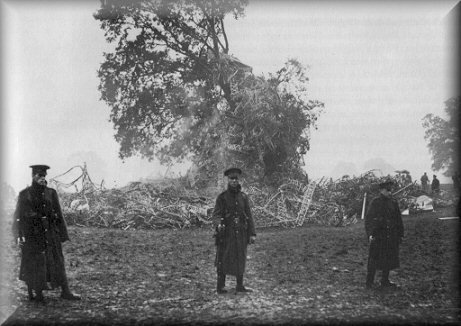
Following them loses in the autumn of 1916, the Germans soon discontinued further Zeppelin raids. In 1917 new threats were appearing in the skies over Britain. These were the high flying and heavily armed German bombers collectively referred to as Gothas. By June onwards new aircraft were introduced including Sopwith ½ Strutter, Sopwith Pup, FE2, F2b Bristol Fighter, SE5a and finally in 1918, the Sopwith Camel and Sopwith Snipe. From September of 1917, other squadron were posted to Suttons Farm, including 46 squadron that had been brought back from the front line in France to help bolster the Home Defence squadrons. Along with the introduction in the same month, were the ladies of the newly formed Women’s Legion Auxiliary a forerunner to the Women’s Auxiliary Air Force, (WAAF). They were sent to work alongside the men as telephonists, clerical staff, dispatch riders and drivers, some of the ladies were billeted in Bretons Farm Manor House in Rainham and later they were moved closer to the airfield when purpose accommodation was built.
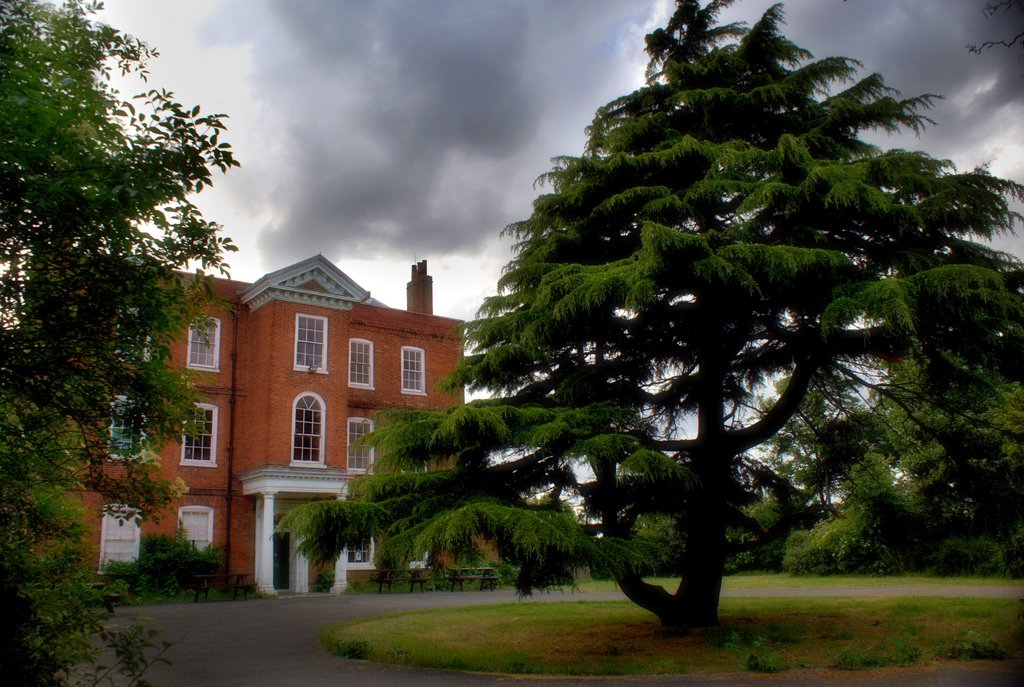
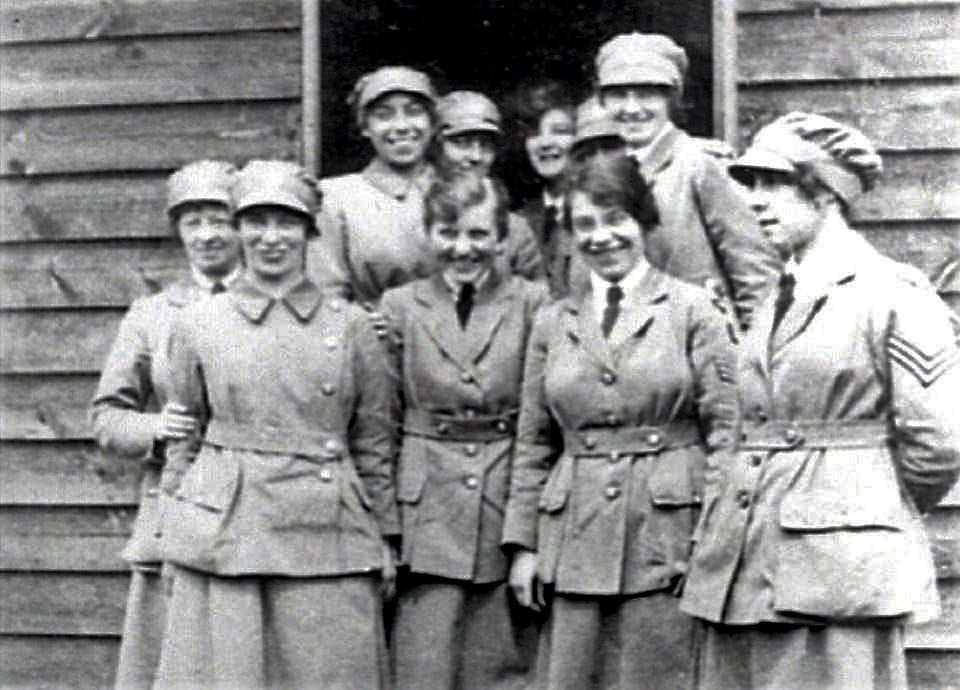
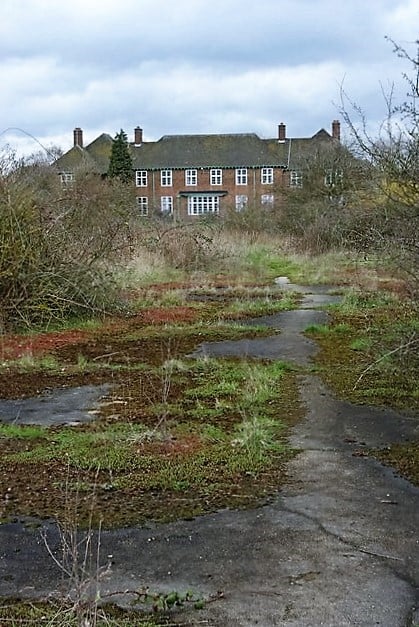
On the 1st April 1918, the Royal Flying Corps joined forces with Royal Naval Air Service to become the Royal Air Force. On the same day Suttons Farm had another arrival, that of 189 Night Training squadron taking up their position alongside 78 squadron. The airfield was now under the command of 49 Wing, whose headquarters were housed at Upminster Hall (now Upminster Golf Club).
By the conclusion of hostilities on the 11th November 1918 there were still 300 men and 24 women based at the airfield supporting three squadrons 78, 141 and 189. This was a far cry from the three pilots and six fitters stationed there in 1915. During its short life, the airfield had staged one of the first British public demonstration of ground to air radio communications, as well as the new innovations in the use of airborne oxygen and heating equipment to allow safer higher altitude flying. With peace now declared the need for Suttons Farm came into question and by the 31st December 1919 RFC Suttons Farm closed, with the land being returned for agricultural use and again farmed by Mr. Tom Crawford as before the war.
